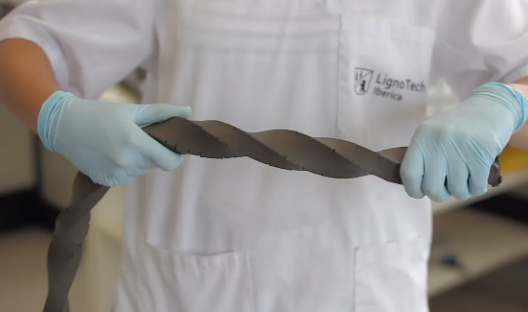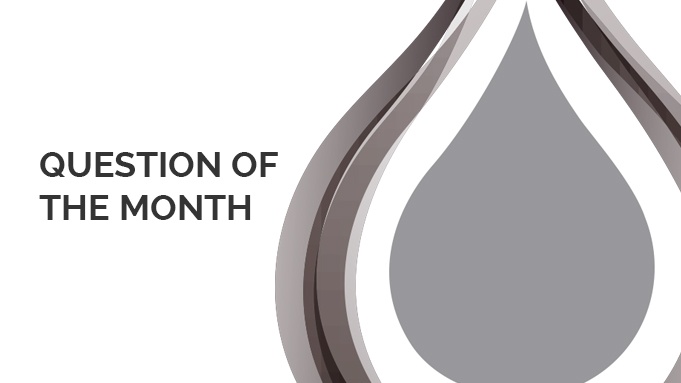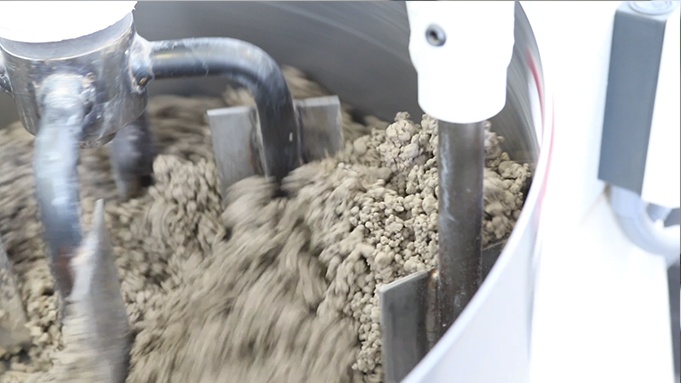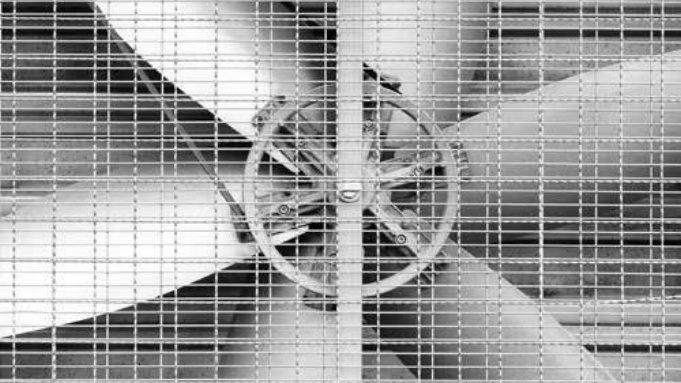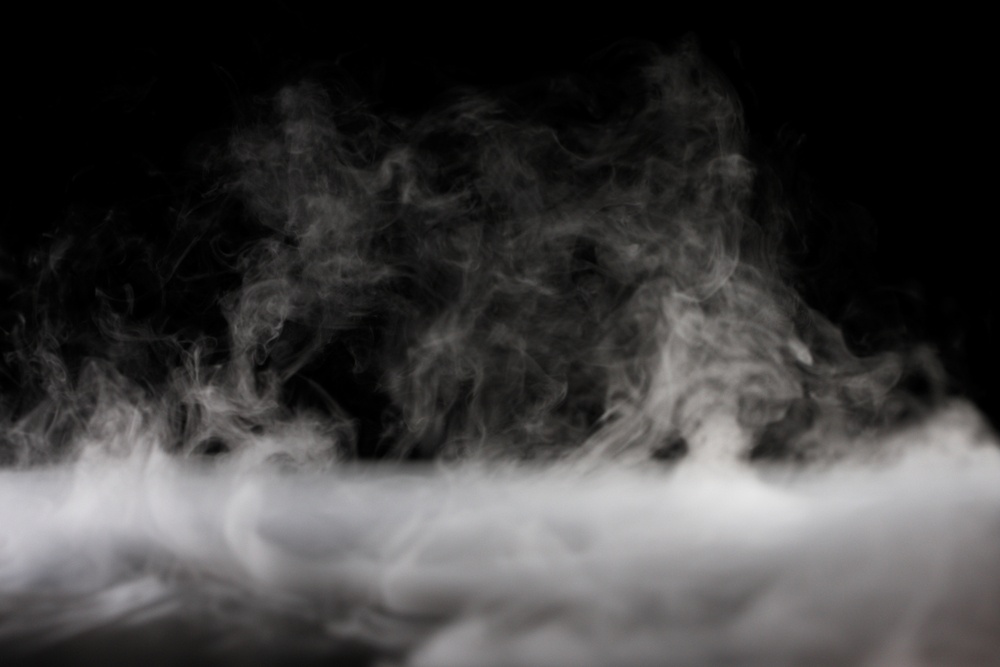Extrusion is a common process used to manufacture different types of ceramic products, for example, face bricks, ventilated walls, floor tiles, special shaped products and many others. Several parameters affect the operation of the extrusion. These parameters include the nature of the raw materials, their particle size, and their plastic behavior, the water content and the additives you use.
Temaer: Structural, Plasticity, Drying, extrusion
QUESTION OF THE MONTH: How can I reduce the drying time of my production?
By Yaiza Paños 08-Nov-2018 13:15:00
Reducing the drying time of ceramic production is something that many manufacturers aim. However, it is not easy as it requires optimizing the drying parameters such as temperature, relative humidity, and air movement. It involves many variables, but we can tell you some effective tips to acheive your objectives.
Temaer: Structural, Question of the month, Decorative, Drying, Clay additives, optimization
For many years, bentonite has been introduced in ceramic bodies to enhance plasticity in an economic way. However, its use in ceramics is not only bringing advantages but also some inconveniences related to its ability to increase plasticity. Its layer structure is responsible for these properties.
Temaer: Decorative, bentonite, raw materials, Drying
Using clay conditioners to optimize the drying of large structural bricks
By Bill Daidone 26-Apr-2018 12:01:00
Structural Bricks
Structural bricks provide greater insulation, more protection from the elements, and the appeal and durability that have always made clay brick a desirable building material. The manufacturing of large structural clay brick presents challenges to brick makers in two of the critical processes involved in brick making, extrusion and drying. In this blog we will focus on the drying part of the process.
Temaer: Structural, Drying, Clay additives
Before bricks and tiles can be fired the majority of water used in its moulding needs to be removed from the clay product. Any excess residual water or moisture left in the article as it enters the kiln to be fired will be removed very quickly leading to major problems such as blow out, warpage or in the extreme – as has been seen on numerous occasions – to explode causing serious damage to the kiln and production.
Temaer: Structural, Drying

